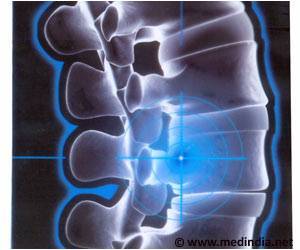When mesenchymal stem cells were treated with a new compound, called SR2595, there was an increase in osteoblast formation, a cell type known to form bone.

The scientists knew that a partial loss of PPARy in a genetically modified mouse model led to increased bone formation. To see if they could mimic that effect using a drug candidate, the researchers designed a new compound that could repress the biological activity of PPARy.
The results showed that when human mesenchymal stem cells were treated with the new compound, which they called SR2595, there was a statistically significant increase in osteoblast formation, a cell type known to form bone.
"These findings demonstrate for the first time a new therapeutic application for drugs targeting PPARy, which has been the focus of efforts to develop insulin sensitizers to treat type 2 diabetes," said Patrick Griffin, director of the Translational Research Institute at Scripps Florida.
"We have already demonstrated SR2595 has suitable properties for testing in mice. The next step is to perform an in-depth analysis of the drug’s efficacy in animal models of bone loss, ageing, obesity and diabetes," Griffin added.
In addition to identifying a potential new therapeutic for bone loss, the study may have even broader implications.
Advertisement
Source-IANS











